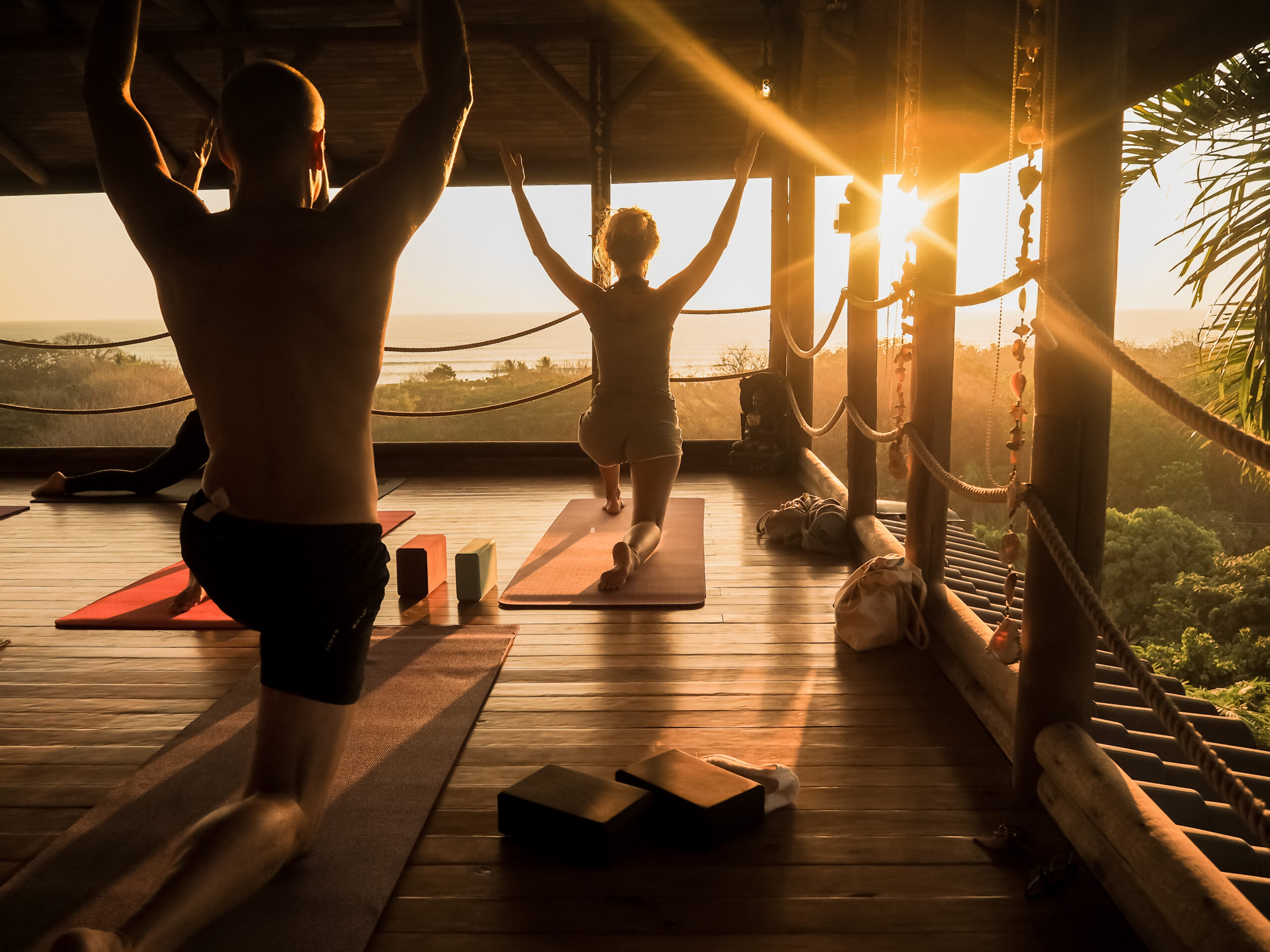by Helen Harris
Options for self-care, from the inside out, are of no shortage these days. Anyone living within a 60-mile vicinity of a major city is guaranteed to be overwhelmed with the results upon typing in specific keywords such as medspa, Botox, waxing, shopping centers, HydraFacial, fitness classes, etc. And after gratuity comes into play with some of these services, the prices might have some people considering ways to care for themselves on a lower budget.
The good news is, with a few minimal purchases and some concocting—and maybe some deep breathing for good measure—there are ways to take most self-care practices (plus some) and reduce the cost substantially.
For instance, with apps like Youtube (free), Calm (subscription for $14.99/month), Headspace (12.99/month) and Aaptiv ($14.99/month), users can find virtually any class or meditation they need right from the convenience of the television or phone. So log in, begin the calorie burn and calm down the world’s noise, all while taking comfort that it’s within budget.
While people cannot likely perform a HydraFacial at home by themselves (yet, anyway), there are ways to imbibe in the facial realm independently. Ingredients such as honey, yogurt, oatmeal, banana, raw sugar, baking soda, coffee grounds and avocado all make for excellent components in a facial scrub or mask, and, if these items aren’t already stocked in the kitchen, they’re pretty cheap. In addition, doing a simple search online or taking a look at Nature’s Nurture will provide endless ideas for at-home-spa inspiration.
Parlaying nicely from facials into bath time, baths offer a variety of health benefits that are usually had from the comfort of home. And luckily, that fits into a budget. For people with arthritis, fibromyalgia or other chronic health issues, adding Epsom salts into hot water alleviates joint pain and lends the body to relaxation. Also, consider adding therapeutic essential oils into the water to aid in body pain relief. To support the case for hot baths relating to arthritis, Mayo Clinic supports the notion, offering the following advice: “Use of heat, such as applying heating pads to aching joints, taking hot baths or showers or immersing painful joints in warm paraffin wax, can help relieve pain temporarily.” But baths are indeed a self-care move for everyone, backed by Harvard Health Publishing. In the article “Hot baths and saunas: Beneficial for your heart?” Dr. Adolph Hutter explained that high water temperatures cause blood vessels to dilate, which in turn lowers blood pressure. The university professor stated, “The volume of blood your heart pumps will also rise, especially in a hot tub. That’s a result of the pressure of the water on the body, which increases the heart’s workload,” he explains.
Another aspect of self-care that has no dollar value is sleep. For people to function at their best or take care of anyone else, a substantial amount of quality sleep has to be involved. The CDC recommends adults 18-60 years of age get seven or more hours of sleep; ages 61-64 get 7-9 hours of sleep; and ages 65 and up 7-8 hours. While this may seem like common knowledge, many are sleep deprived and never stop asking themselves how much sleep they’re getting, if they’re going to bed too late, if something’s keeping them from getting quality sleep and if they feel ready energized each morning.
On the topic of checking in with yourself, why not make it a habit to journal, uninterrupted, for 10 minutes or take a device-free walk daily? Doing either or both of these activities can help free the mind of the invasiveness of the constant likes, alerts and notifications and purely focus on the present self and the world around.
Deep breathing is a substantial component in mitigating health and stress, and there’s no burden on the budget to try it. According to the University of Michigan Medicine, deep breathing is one of the best things you can do for your health, as it lowers stress in the body. And the uofmhealth.org article titled “Stress Management: Breathing Exercises for Relaxation” states, “This is because when you breathe deeply, it sends a message to your brain to calm down and relax. The brain then sends this message to your body. Those things that happen when you are stressed, such as increased heart rate, fast breathing and high blood pressure, all decrease as you breathe deeply to relax.”
Breathing exercises are convenient and can be practiced in many ways, from taking three deep breaths multiple times a day to practicing Tai Chi and yoga.
A home’s aesthetic influences quality of life. So, that is another facet to explore. Evaluate what could be sold and what needs to be donated, what furniture needs rearranging, what wall needs painting, where flowers and vegetables need planting, etc. Re-vamping a living space does not have to be done all in one day, one week or even one month. And it does not have to be expensive. Get rid of the unnecessary, keep what brings joy and improve day after day.








Leave A Comment